10 Things to Know Before Your Upcoming Machu Picchu Hike
[gdlr_core_space height=”30px”]
Walking your way to Machu Picchu is nothing new. It doesn’t matter whether it’s by way of the classic Inca Trail, the Salkantay route or up and across Machu Picchu mountain itself. Whatever the direction, it’s been done by folks just as steadfast as you.
Should you want to follow in their footsteps—literally—there are a number of facts and tips you’ll want to keep in mind. Here are our 10 things you should know before embarking on a Machu Picchu hike.
1. You Have Options for Which Trail You Wish to Take
[gdlr_core_space height=”30px”]
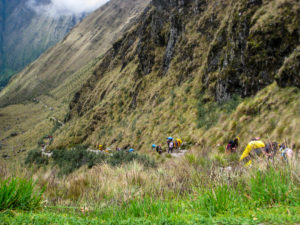
[gdlr_core_space height=”30px”]
There are a few hiking trails that can get you to Machu Picchu. How long it takes to get to Machu Picchu depends on which route you take and what you’ll do along the way.
- The classic Inca Trail is the most popular. It usually takes about 4 days to complete, though the actual length can vary.
- There’s a shorter Inca Trail trek that only takes 2 days. To do this, your tour join the trail at a later point
- The Salkantay trek takes up to a week and showcases a novel, less populated route.
- The Lares trek takes anywhere from 2-4 days. It’s a great option if you don’t want to take the most popular trail.
2. The Inca Trail Closes for a Month Each Year
[gdlr_core_space height=”30px”]
Should you decide to embark on the Inca Trail, you should know that it closes down once a year. For the month of February, the Peruvian government closes the Inca trail for maintenance and revival.
Peruvian authorities as well as guides from official tour companies embark on the Inca Trail to clean up campsites, restore the trail and more. This rejuvenates the path from wear and tear and readies it for the year to come. Without these efforts, the trail would eventually wear down from the excessive tourism traffic, so it’s best for everyone (travelers and the environment alike).
3. There Are Limited Permits to Go Around
[gdlr_core_space height=”30px”]
In an effort to maintain the well-being of the Inca Trail, the country’s government implemented strict regulations for foot traffic. In 2017, they announced that they would grant a maximum of 500 permits per day. Porters and guides use up 300 of these permits, so there’s only 200 available daily for tourists.

This regulation makes it even more important to plan your hiking journey in advance. Find out when you’re going and apply for your permit as soon as possible. Many tour companies help you with this process, making it all the simpler. What matters most is that you get a spot on the Inca Trail—you can worry about the rest later.
4. Finding the Best Time To Machu Picchu Hike is a Balancing Act
[gdlr_core_space height=”30px”]
Choosing when you want to complete your Machu Picchu hike is crucial. There are a couple of factors that go into the decision.
The first is weather. Do you want dry weather or does rain not bother you? The Cusco region’s dry season ranges from March to October, with the wettest months happening from November to February.
The second factor is the number of visitors. Peak season at Machu Picchu is from June to August. While there are still plenty of people on the trails and at Machu Picchu itself during the low season, it’s definitely a touch quieter. Determine where your priorities lie to figure out when the best time to go on your Machu Picchu hike is.
5. Machu Picchu Hike At Mountain and Machu Picchu Are Different
[gdlr_core_space height=”30px”]
[gdlr_core_space height=”30px”]
Machu Picchu is one of the most popular tourist destinations in the world. It’s a collection of ruins that tell the tales of a citadel from centuries in the past. This magical place rests in a valley within the greater Andes landscape, below the peaks of Machu Picchu Mountain and Huayna Picchu Mountain.
Meanwhile, Machu Picchu mountain is a nearby mountain that manages to reach an impressive 621 meters (that’s 600 meters above the ruins). At the summit, you can see every last bit of the citadel below and savor the history from a grandiose vantage point.
During your visit, you may find yourself at both the mountain and the ruins. However, while they share the same name, you’ll want to know that these two places are, in fact, different.
6. You Have to Pay for a Spot On The Machu Picchu Hike
[gdlr_core_space height=”30px”]
One of the first questions that most travelers have is, how much does a Machu Picchu hike cost?
Typically, a journey along the classic Inca Trail sets you back between $600-700. While this number may seem high, the price includes a lot:
- Guides and porters along the way
- Transportation from Cusco and back again
- Entrance to the Inca Trail and Machu Picchu
- Camping supplies, food and more
If this price is a little much for you, consider the alternative trails. Lares and Salkantay are not only less populated, they’re also cheaper to travel on, with up to a week worth of trekking and traveling costing less than $600.
Interested To Book A Tour? See Our Packages
7. At Altitude, Water and Food is Key
[gdlr_core_space height=”30px”]
Whether you’re hiking or not, remaining hydrated and well fed is important. When altitude comes into play, like that of the Andes mountains, they become critical.
Altitude sickness can and does happen. By drinking plenty of water and filling up on your breakfast, lunch and dinner, you may just be able to take the edge off. Also keep in mind that you are burning lots of calories by hiking to Machu Picchu. As a result, you may want to enhance your caloric intake (if you ask us, we’ll take any excuse to eat more).
Other ways to prevent and heal altitude sickness include drinking cacao tea like the locals do, keeping your breathing deep and steady, ascending at a slower pace and avoiding alcohol during your journey.
8. Layering Up is a Must; Over Packing is Not
[gdlr_core_space height=”30px”]
[gdlr_core_space height=”30px”]
During your time in Peru, you may experience a range of weather that’s reminiscent of all four seasons. This becomes especially true the higher you ascend in the mountains. Definitely pack layers for cooling off from the heat of day and warming up from the chill of night. Bring a rain jacket to prevent you from both downpours and mists, and cover your backpack with a rain fly.
On the contrary, do your best to keep your clothes and belongings to a minimum. You can layer up without over packing. Even on trains, buses and planes, less luggage makes life so much easier. During your trek, you’ll be glad you kept things light, and your porter will be just as grateful.
9. You Can Learn from the Porters
[gdlr_core_space height=”30px”]
Just like guides, porters are going to be present during your Machu Picchu hike. Their job is to carry bags and luggage from one campsite to the next, cook meals and even put up and take down tents.
You’ll see tons of porters on the trail, and you’ll realize just how hard they really work. It’s really amazing to see so much effort and passion exude from them, just like it does the guides. While they may not live in the jungle itself, the mountains of Peru are most definitely their home, and there are plenty of things they can teach travelers like you. All you have to do is pay attention.
10. Complete a Few Treks Before the Big Machu Picchu Hike
[gdlr_core_space height=”30px”]
[gdlr_core_space height=”30px”]
You may be under the impression that a hike to Machu Picchu ain’t so hard. Perhaps you’re thinking, hundreds of people do it a day, so it can’t be that bad.
While the hike to Machu Picchu is by no means excruciating, you’ll want to prepare by hiking a bit in advance. Hike hills or mountains in your area. If running is your thing, throw on your sneakers and get moving. Try to acclimate yourself to some altitude if possible, as it will lessen the impact when you ascend in the Andes. Should you wing it and arrive with no athletic preparation whatsoever, you wouldn’t be the first one, but we definitely do not recommend it.
It’s Time to Prepare for the Journey of a Lifetime
[gdlr_core_space height=”30px”]
If you’re still deciding if or when you’re going to Machu Picchu, it’s time to stop dawdling. The Andes are calling your name, and it would sure be something if you ignored them. At the end of the day, no traveler’s bucket list is complete without a hike to Peru’s most noteworthy destination.
So long as you keep these 10 facts, tips and figures in mind as you prepare for your adventure, you won’t have a thing to worry about. Your guide will keep you in the loop of whatever you ought to know about your Machu Picchu hike when the time comes. And the rest, well, Machu Picchu can tell you herself.
You can also read: Inca History

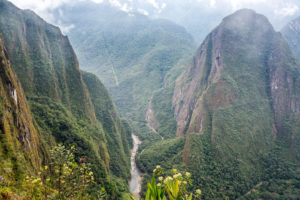
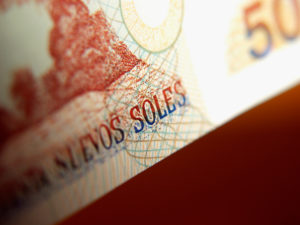
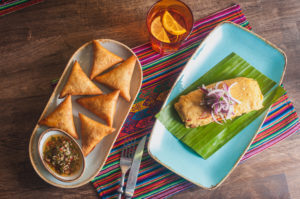
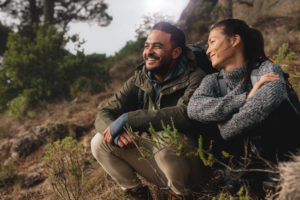
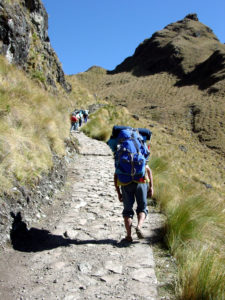
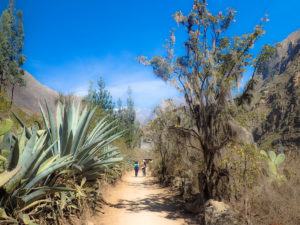
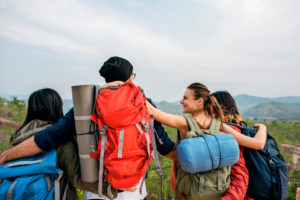
Leave a Reply